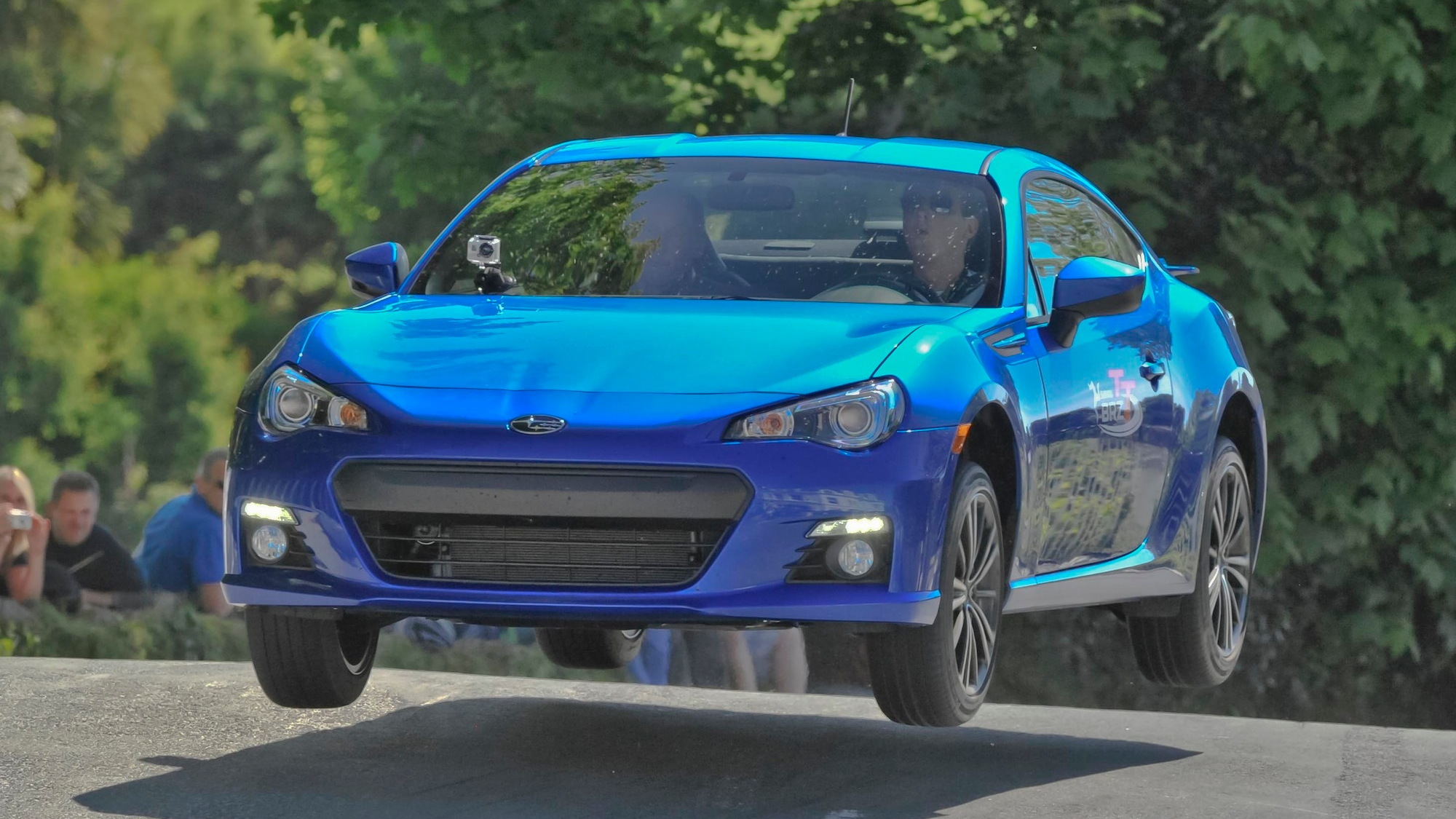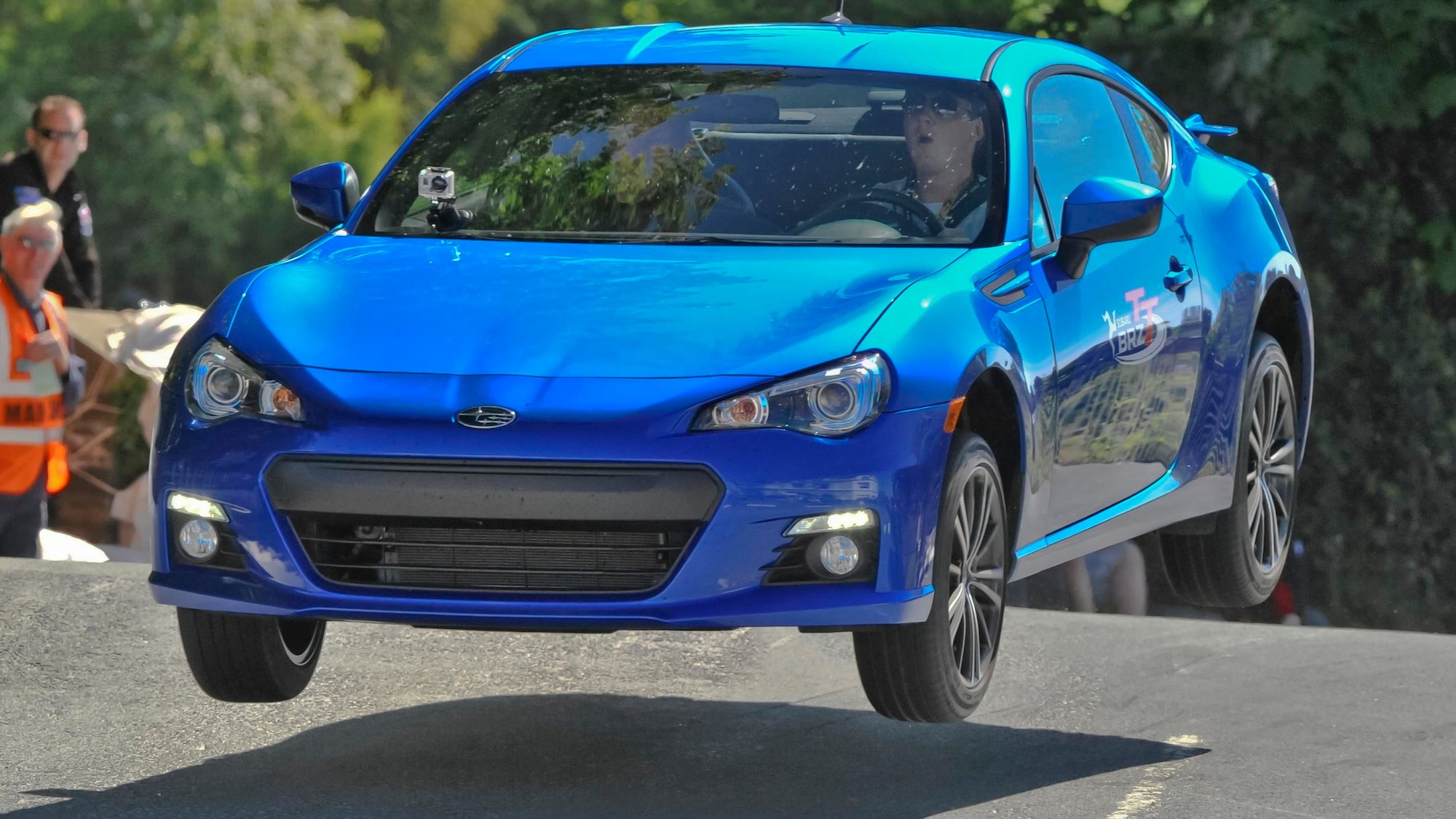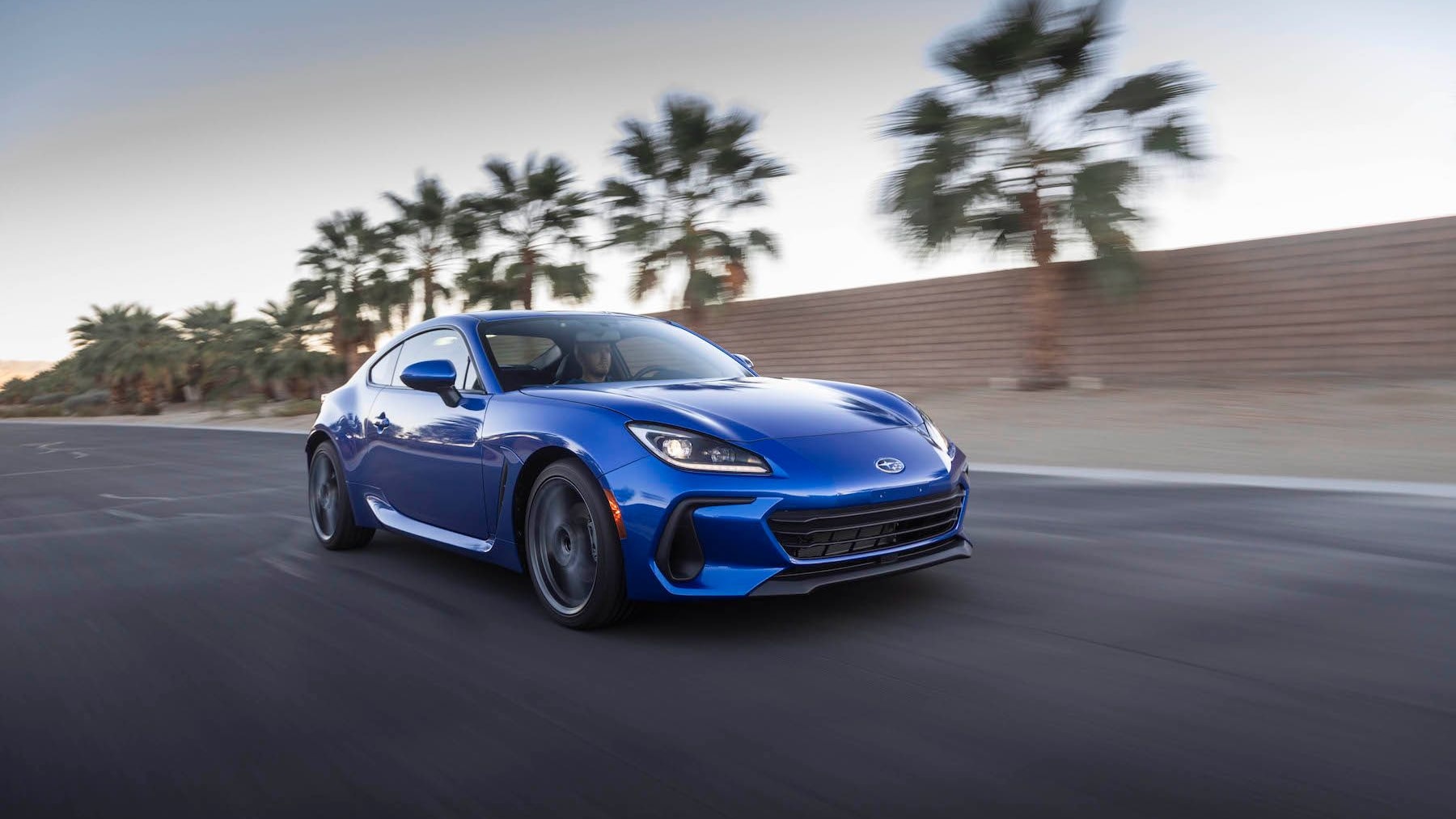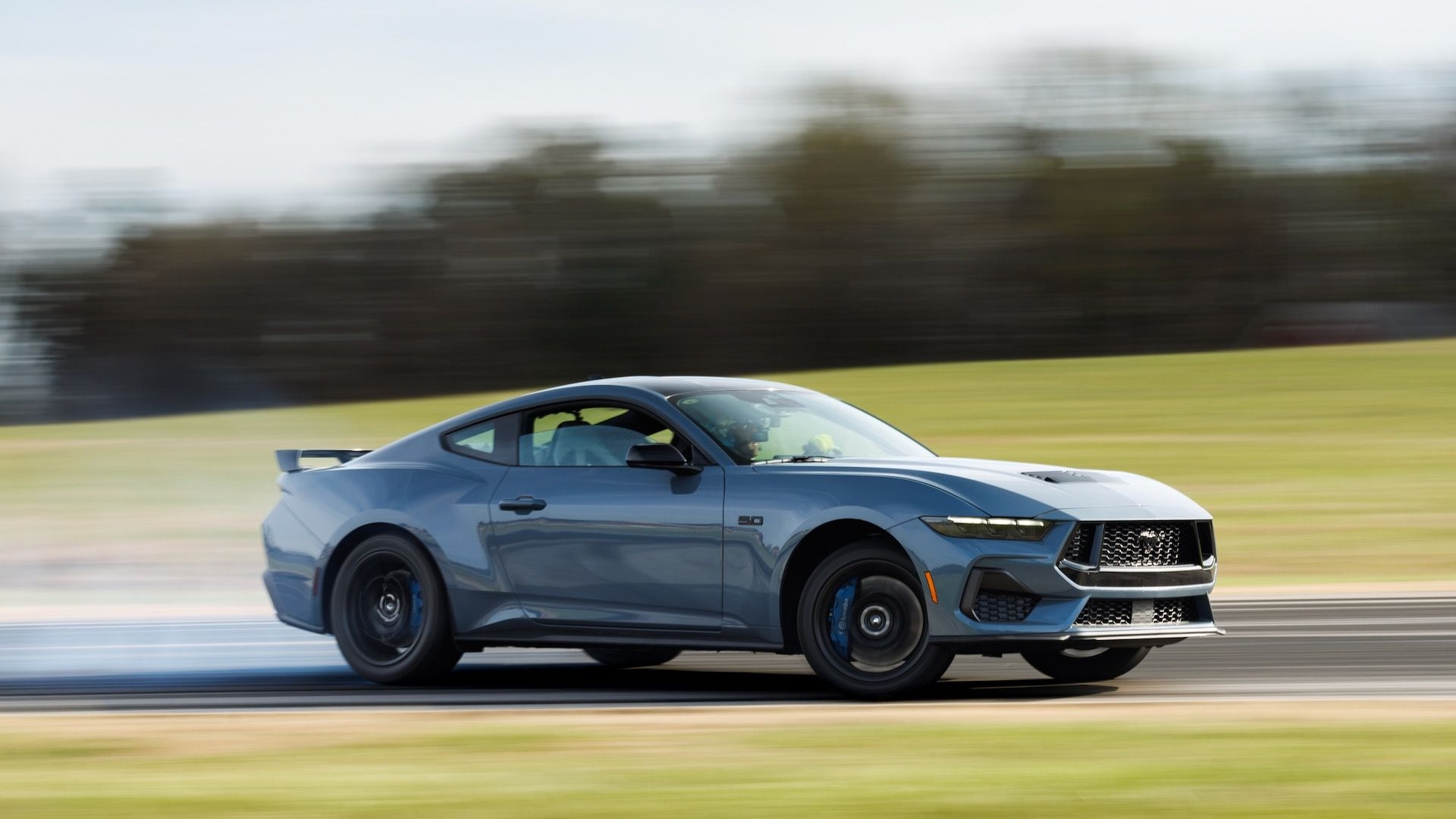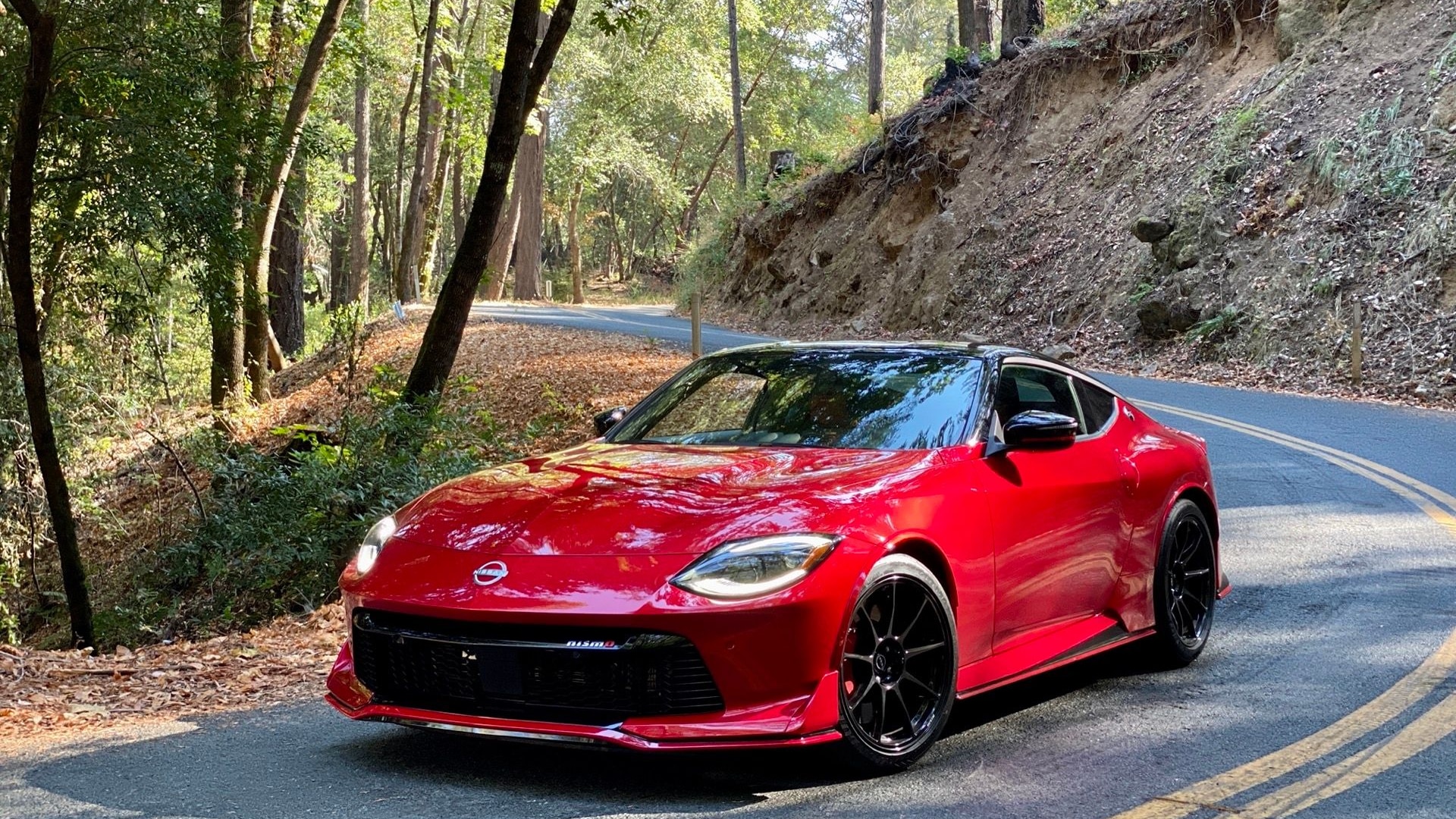Updated: Upon further consultation with Simon Crellin of the Isle of Man TT press office and Subaru of America's Dominick Infante, some of the statistics acquired from my previous sources have been called into question. Where there is a conflict between official TT facts and figures not available at the time of original publication, and the previous sources, the official information has been substituted.
Among the thatch-roofed cottages and ancient stone walls of the Isle of Man lie tortuous streets that have, for more than 100 years, played home to one of the most famous motorcycle races ever: the TT, the Tourist Trophy. Over the past century, a vocabulary has developed to handle its darker side.
Used not by TT event staff, marshals, or Isle of Man police, but by some of the fans and spectators, it is a sort of coping mechanism—a series of euphemisms—to address the uncomfortable topic of injury and death. It's a simple code, to match the simple finality of a run gone wrong on the Snaefell Mountain Course. When a rider—typically a member of the public, a fan, among those that take to the public roads that compose the course between race sessions during TT week—crashes hard and dies on the route, the coded question asks, "Is it messy?"
There's no OCD to the question; it's a way of asking if there's "human debris" (another, somewhat coarse, coping phrase) on the course. If there is, the resulting delay can be expected to be half an hour, minimum, as authorities document the scene and clean up the "mess."
It's assumed the motorcycle(s) are destroyed. The high speeds of the mountain section rarely result in minor mishaps, especially on Mad Sunday. To date, 237 racers have died during events on the Snaefell Mountain Course (including the Manx Grand Prix as well as the TT), but the mountain has claimed even more of the civilian population—dead, maimed or severely injured. This year, five amateurs met their ends (ed. note—not "about a dozen" as provisionally figured by the previous sources), but—thankfully—no racers died.
Morbid, this business of death, and almost completely anachronistic, seeming more a thing of the racing culture of the 1950s than of 2012. Really, it is. The TT is a holdover, a final remnant, a fossil from the earliest days of racing, when the machines themselves were ill-understood and the people that piloted them were daring, bold, and almost always anticipating death.
Today, with modern superbikes capable of 200-plus-mph on course and average lap speeds over 130 mph, the equipment has changed, but the ethos hasn't. Death is still an accepted part of the equation for the men (and occasional women) who seek the limits on the Isle of Man.

Isle of Man 2013 Subaru BRZ drive
Fortunately, we weren't going to be chasing the four-wheeled lap record set by Mark Higgins last year in a WRX STI, though he would be leading us around the course. Though it was no comfort against thoughts of houses and walls abutting the narrow roads, Sir Jackie Stewart was in the VIP area, looking on as I and four others set out to navigate the course in American-spec Subaru BRZs. Oh, and Tiff Needell of racing fame and the BBC's Fifth Gear was bringing up the rear.
Gassing it hard down the main straight, past the pits and gravity-feed fuel cans, the first real obstacle is Bray Hill, a 150-plus mph section for the bikes and Higgins' STI last year—the scene of the infamous "moment"—and still a good 100-mph run through for the moderated BRZ pack. A sharp dip compresses the suspension, then ejects the car up the hill as the road slithers between houses, churches, and spectators.

Isle of Man 2013 Subaru BRZ drive
Jacked with adrenaline, almost out-of-body with the rush of threading the four-wheeled needle through the tight and undulating terrain, it was with surprise that we came to a stop about two-thirds of the way through the lap: yellow flags were out for a sidecar motorcycle that had crashed on the last lap before we had set off.
The pilot of the motorcycle, John Holden, was injured, and airlifted to a hospital on the island. His sidecar rider, Andrew Winkle, needed a ride back to the paddock, so naturally, I offered my passenger seat. Winkle hopped in, shunning the seat belt, and we set off again, now with some lively commentary. Despite Winkle's role as one of the crazy/brave/talented side car riders, he actually let out an excited whoo! each time the Subaru BRZ compressed, gripped, and scrabbled its way out of the high-speed corners on the mountain descent. Despite Holden's injury, Winkle appeared to be in good spirits—another testament to the attitude toward risk for riders of the Snaefell Mountain Course.
Arriving back at the finish line, the lap done, we convened in the paddock, chattering about the experience in something like post-coital euphoria. The BRZ had almost transparently filtered into the background during the run, its innate balance, calibrated controls, and willing Boxer engine enabling my complete focus on the task at hand. That kind of second-nature control of a car doesn't come easy, and speaks to the success of Subaru's engineers in designing what I consider to be the best $25,000 car (along with its FR-S cousin) an enthusiast can buy from a dealer today.
But that wasn't the end of our fun in the BRZ.
The next day, memories of the TT course still fresh, we set off in the archetypal drizzle of the British Isles, clouds hanging low, shrouding the higher portions of the Isle with fog, toward some of the rally stages of the legendary Manx Rally.
If the roads of the TT course are tight, the roads deeper in the island, and especially on the rally course, are next to impossible. Barely as wide as the car, with more crests, dips, and blind turns than the Nürburgring packed into every mile, just getting to work on the Isle of Man is an event. Doing it with some spirit in a brilliantly balanced sports coupe is an escapade.
The centerpiece of the second day on the Isle of Man in the BRZ was a ride-along with Mark Higgins in a rally-prepped version of the car. Modifications include: 18x8-inch wheels wrapped in 245mm Dunlop SportMaxx tires, ProFlex dampers, stiffer springs, a louder exhaust, and a full cage, fire system, and race seats in the stripped interior, helping to bring the car's weight down to just over 2,500 pounds, about 200 pounds lighter than stock. The ride-along took place on a short section of the Manx Rally course, which you can see in the video above.
At the end of two days on the Isle of Man with the Subaru BRZ, I've come away even more impressed than I was after testing the Scion FR-S on track at Spring Mountain. The combination of ride quality (proved on the manic Manx Rally roads), handling (enabling the sublime TT experience), and affordability make this car a standout, unrivaled in its segment or even the next one up. No, it's still not all that powerful, but it's quick, and the willing little Boxer provides just enough go to highlight the fantastically tuned chassis it rides in.
There's simply no question: this is the best $25,000 an enthusiast can spend on a new car. And if you ever get the chance to drive on the Isle of Man, do it—with luck, you'll get to do it in a BRZ.
_______________________________________
